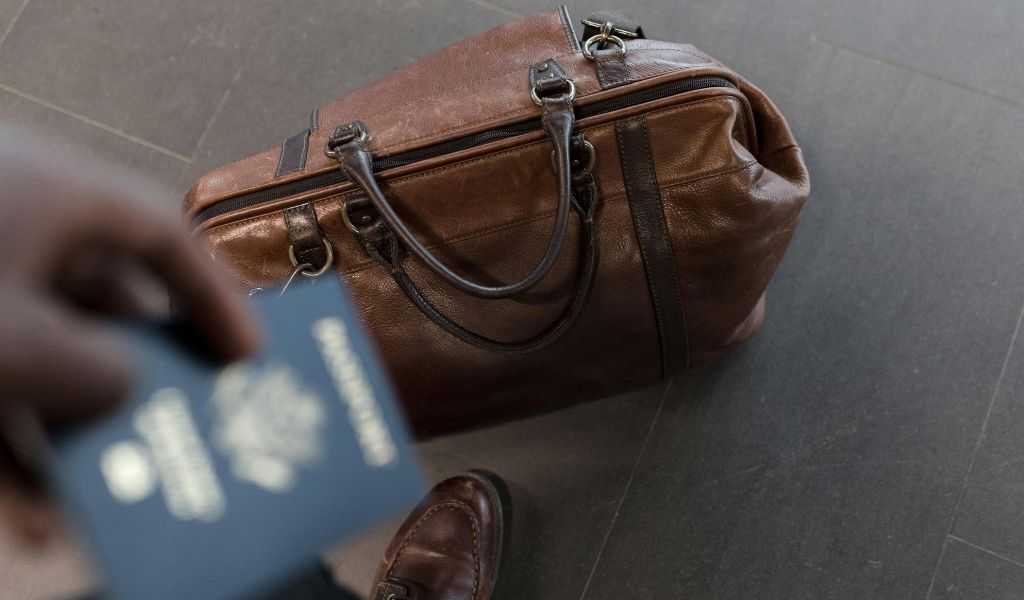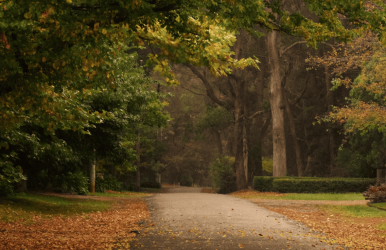Learn About the Exciting Things to Do in Bowral
BY Aritra Bose Mar 27, 2025
Are you planning to visit Bowral Southern Highlands NSW next month? Have you identified the places that you want to visit? Read the article to get an idea about the town, its high altitude and how the flora and fauna are beautiful on display. Let's not forget the art and creative culture of the area which you can further check out from the exhibitions and museums. With vibrant colors all around, be it for flowers or leaves, you should visit Bowral to make memories of a lifetime. One of the exotic places to travel, Bowral will make you an outdoor person if you are not one already. There are also several places where you can visit that will encourage your passion for photography. Learn About the Exciting Things to Do in Bowral There are plenty of things to do whether with family or with friends or solo. You have to spend some time in Bowral because it will make sure you experience the diverse outdoors. Your mental health will also improve a lot better with this visit. The town has a charming ambiance as there are various outdoor attractions that you can check out while visiting there. The destination is quite broad and offers beautiful nature, especially in autumn and summer. Known for its museums, be it for crickets or Mary Poppins, you get to see it all. I feel it is one of the best places to travel with kids because children love Mary Poppins. I am sure there are other museums which they would love apart from the huge outdoors where they can play and run to their heart’s content. Corbett Gardens The council that is responsible for the maintenance of the gardens has levied an entrance fee for adults of $12, for senior card holders and children between the age of 13 to 17 years old of $7. Children under age 12 and local citizens will have free entry. The oldest park of the town, you can take a stroll and experience the nature’s beauty. The park is also known for its magnolia and cherry trees, creating beautiful canopies in the park. Did you know that there is an annual Tulip Time festival that is organized in this park? There are about 75000 massed tulips on display during this time creating a masterpiece of the garden! You will have a stress free holiday travel once you decide to check out this beautiful garden. Southern Highlands Botanic Gardens https://www.instagram.com/p/DGei683N_7z/?img_index=3 The botanical gardens are a collection of seasonal species of plants and trees. The garden is operated and funded by the community. You can visit the botanical gardens from 10 a.m. to 4 p.m. The entrance fee for a person is $6 for an individual in a single garden while $40 for all gardens during the weekend. The gardens are dedicated to displaying a wide collection of plants, preserving flora and fauna, and cultivating and collecting unique plants. What's more, you get to learn the scientific name of the plants as they are labeled on the display. Bradman Museum & International Cricket Hall of Fame https://www.instagram.com/p/CcCtcYeNeFE/?locale=en_US%2Cen_GB%2Cen_US%2Cen_GB%2Cen_US%2Cen_GB%2Cen_US%2Cen_GB&hl=am-et If you are a cricket fan, you must visit this museum as it honors the legendary Sir Donald Bradman. He was a Bowral local, as his family moved to Bowral two years after his birth. He has made huge in the cricket world inspiring many others after learning locally. The entrance fee to visit the museum is $30 for adults, $16.50 for children between 5 to 15 years old! The museum displays state of the art high tech encapsulating the history of cricket. Cricket is then promoted to be a sporting and cultural force across the Bowral community. Bowral Lookout There are several surrounding gardens of the town so, if you go for a panoramic view, this is it for you. You will be able to check out the beautiful skyline which is reflected in the Southern Highlands’ scenery. You can set picnic tables at the Bowral lookout, where you have to take a short drive uphill. It is a scenic spot with beautiful views around you. There are a lot of parking spaces so you will not have a problem, or you must walk above. Another lookout that you must visit if you are at this lookout is Jelore lookout. It is a must visit especially with its beauty and the panoramic view of the town it offers. Retford Park Bowral https://www.instagram.com/p/DElKLr_Ty3L/?img_index=4 The Hordern family build the Retford Park in 1887 at the heart of Bowral, Gurdungurra country. It was then lavishly re-designed by James Fairfax in the 1960s. The place is of great heritage importance as it reflects a beautiful collection of art. It is a manor, with history attached to it. There is artistic expression along with sculpted grounds creating a perfect place for you to visit the historical place and appreciate it. With an elegant Victorian Italianate homestead, Redford Park Bowral is perfect for your visit. Mary Poppins Statue I am sure you know who Mary Poppins is and would love to visit the unique landmark which is in Bowral. But why is there a statue of her in Bowral? The author Pamela L. Travers, whose real name is Helen Lyndon Goff spent some time in Bowral during her childhood. It was to commemorate the author who is the creator of Mary Poppins, the statue has been created. Additionally, it was during the sesquicentenary of Bowral that the statue was unveiled in 2013. It was all about commemorating a century of the author’s spending time in town. Dirty Janes Bowral If you want to go shopping in the Southern Highlands, this is the perfect place for you. The vintage shoppers will have a playdate here, in the heart of the town as there are 85 unique vintage sellers offering their art. In the form of unique antique homewares, furniture, architectural elements such as quality and vintage objects both inside and for the garden, you can shop your heart out. The decor will rise a level higher with the inspiration from Jane Austen’s era and art. Visit the emporium which displays antiques along with various collectibles. There are always fresh stocks as the seller updates them personally every day. You will experience these exhibits and make memories effectively. Bowral Art Gallery https://www.instagram.com/p/DDvDWqbzlA7/?img_index=5 If you are an art lover, the Bowral Art Gallery offers beautiful exhibits, and it has been going on since 1950. The exhibitions from the gallery reflect the history of the Southern Highlands presenting the beauty of the people and the culture. A hub for art and creativity, the Bowral & District Art Society (BDAS) runs the gallery. They offer workshops, membership, and exhibitions to all. You can visit the place from 10 am to 4 pm. The admission fees inside the gallery are completely free. Wrapping Up! In conclusion, Bowral is worth visiting hence, the things to do in Bowral will make your life a good place for vacation. There are a lot of activities which you can do during your visit to the Southern Highlands. The place is not just a vacation spot but also the manor houses and estates, quite beautiful to check out. Comment below on what you think are some of the things to do that I have missed in the above list. You can also mention if you feel some of the activities are not as fun or cool to do. Also read Top 10 Most Popular Paraguay Food That You Must Try. Top 13+ Famous Wonders Of India That You Must Visit.













